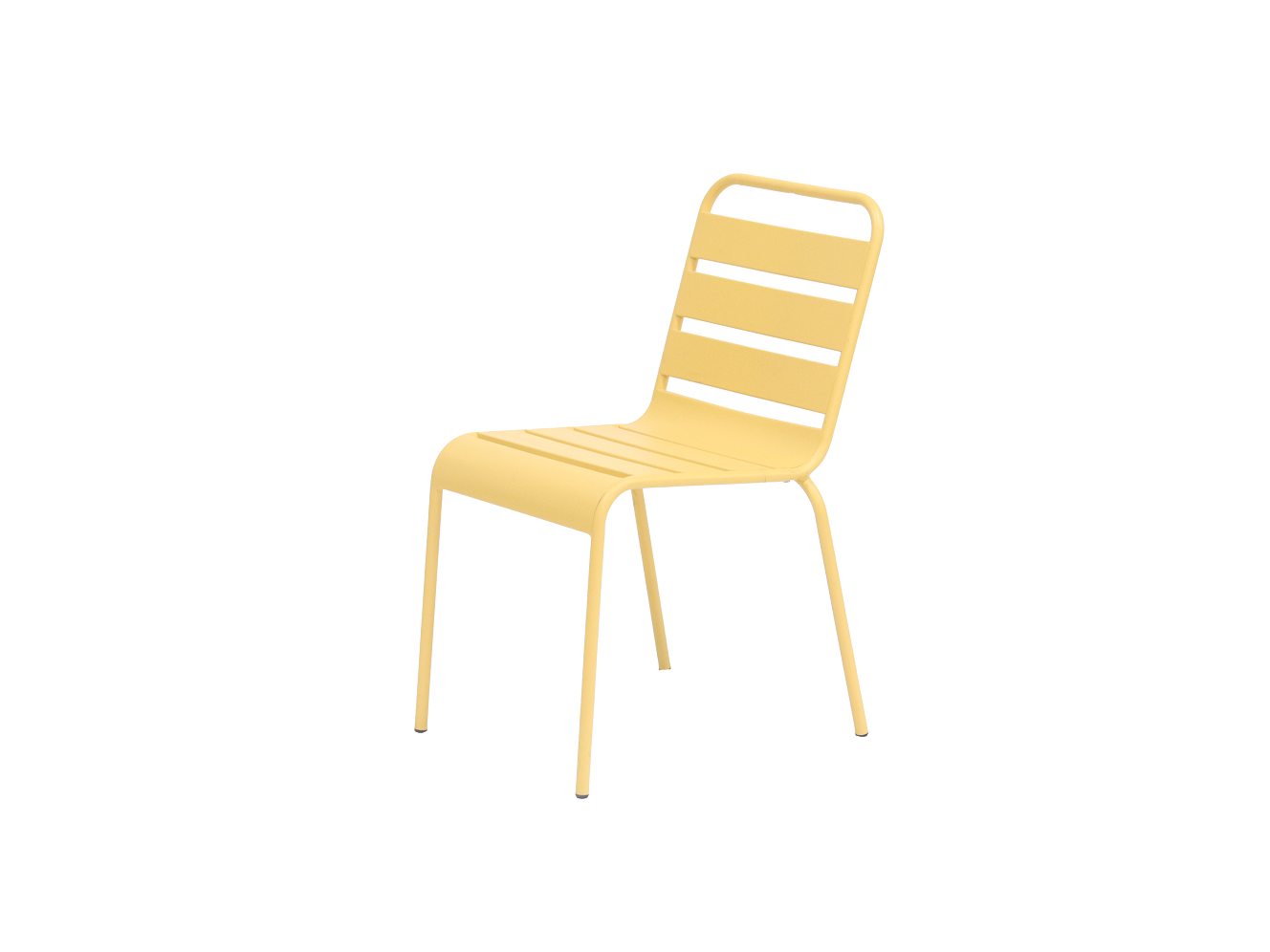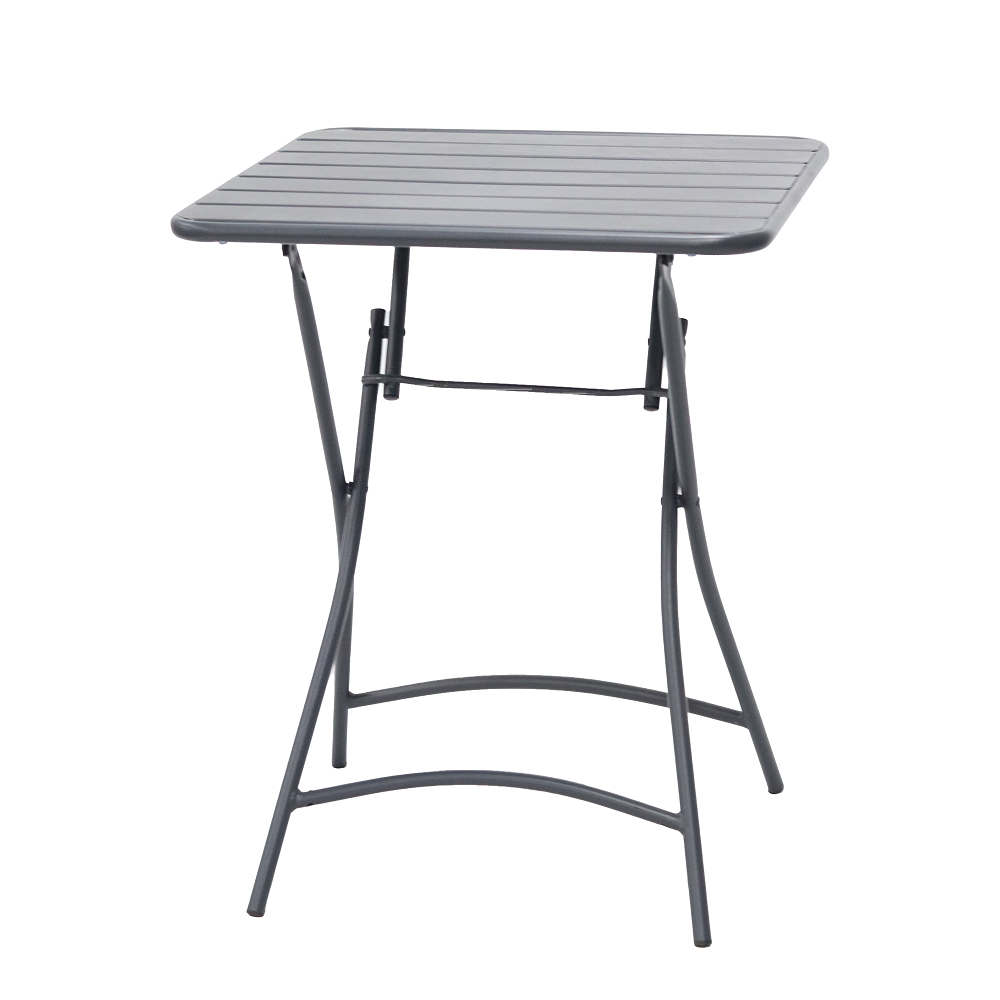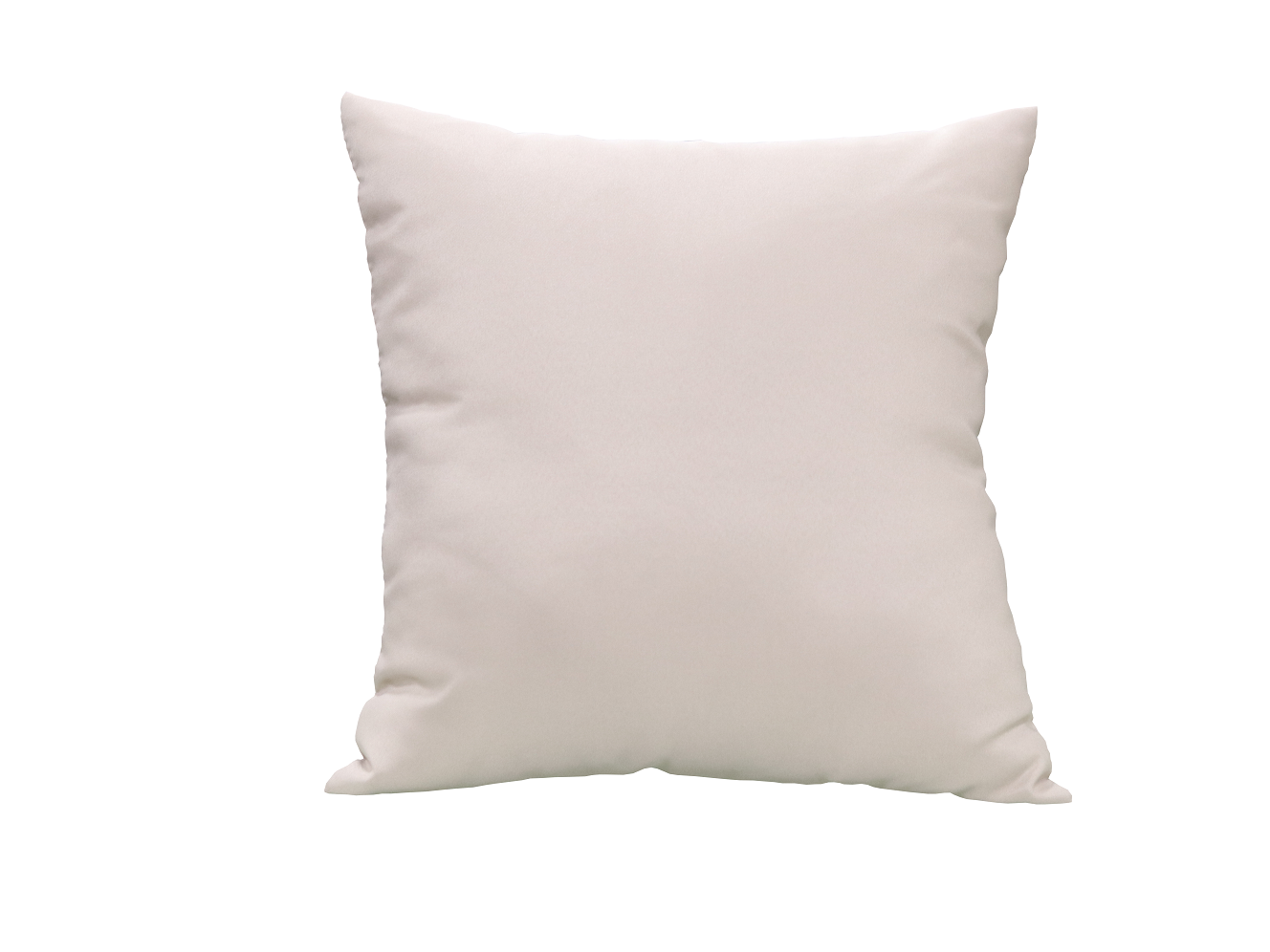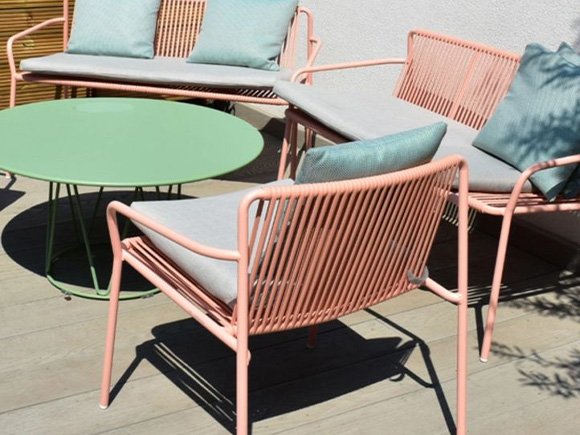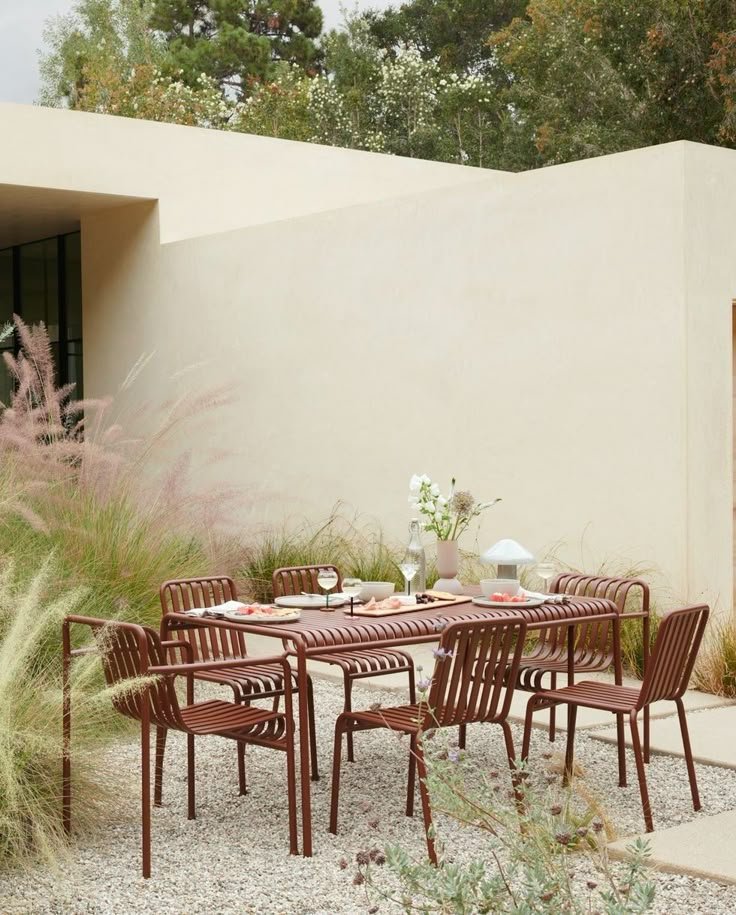Tired of spending countless hours on Alibaba and Made-in-China.com yet still struggling to distinguish genuine suppliers from the rest? This common approach only leads to confusion, communication barriers, and potential risks.
The key to identifying top-tier outdoor furniture suppliers in China lies in combining online screening with offline factory inspections. Foshan, China, is renowned as the “World Furniture Capital” – prioritize visiting manufacturing hubs like Foshan, personally verify their production capabilities and export records, and remember this golden rule: Always request samples before placing large orders.
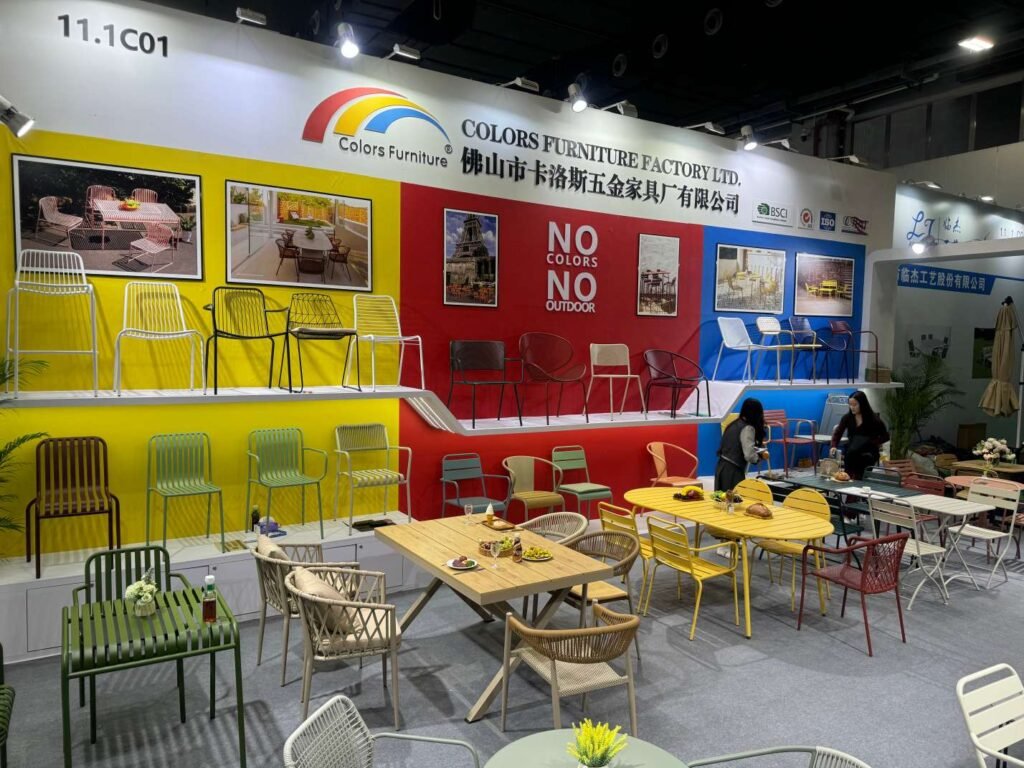
Browsing websites and comparing prices – many international buyers think that’s all there is to finding suppliers. However, platforms like Alibaba and Made-in-China.com are just the beginning of the journey. After years of running Colors Furniture, I’ve observed that buyers who are truly successful do the same thing right – they dig deep. Because they understand that behind the price list lies the factory’s true capabilities and commitment to quality. Want to protect your investment and find a partner who can run with you for the long haul? The answer is a deliberate and structured process: thoroughly verify information and carefully cultivate relationships with suppliers who understand your market and respond to your needs.
Is it worth buying furniture from China?
The huge cost advantages of sourcing from China are tantalizing, but those rumors of inferior quality and lost money are also holding you back?
This concern is natural. However, it’s worth embarking on this path to buttress world-class capacity and price competitiveness! The secret to success is to leave the risk control to a professional management process. Only then will you be able to turn the potential for “cost savings” into a quality product with “value for money”.
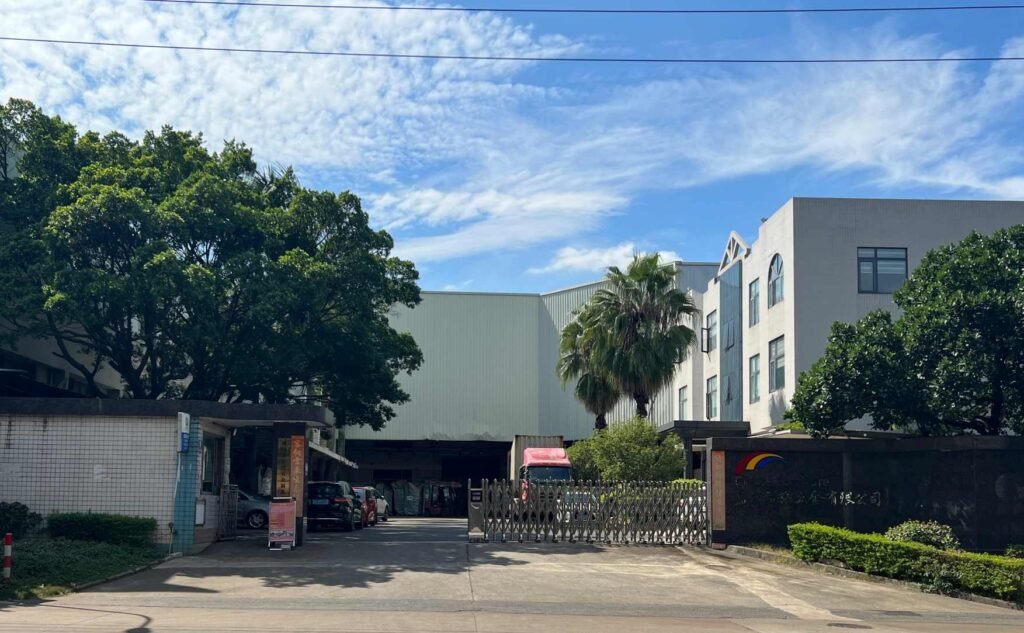
The answer is yes, but with a key caveat: Chinese sourcing should never be taken lightly. The advantages are irrefutable. The sheer scale of manufacturing in Foshan can only be appreciated in person – specialized furniture and building materials clusters, state-of-the-art equipment, and a complete supply chain combine to create the unparalleled efficiency and diversity that global brands have come to rely on. However, scale also means huge fluctuations in quality. Without systematic management, communication barriers, loss of quality and logistical risks are bound to occur. A successful sourcing strategy is not about chasing the lowest price on the web, but about building a secure and controlled supply chain – and that starts with building deep connections with reliable local partners.
Pros and cons of buying from China
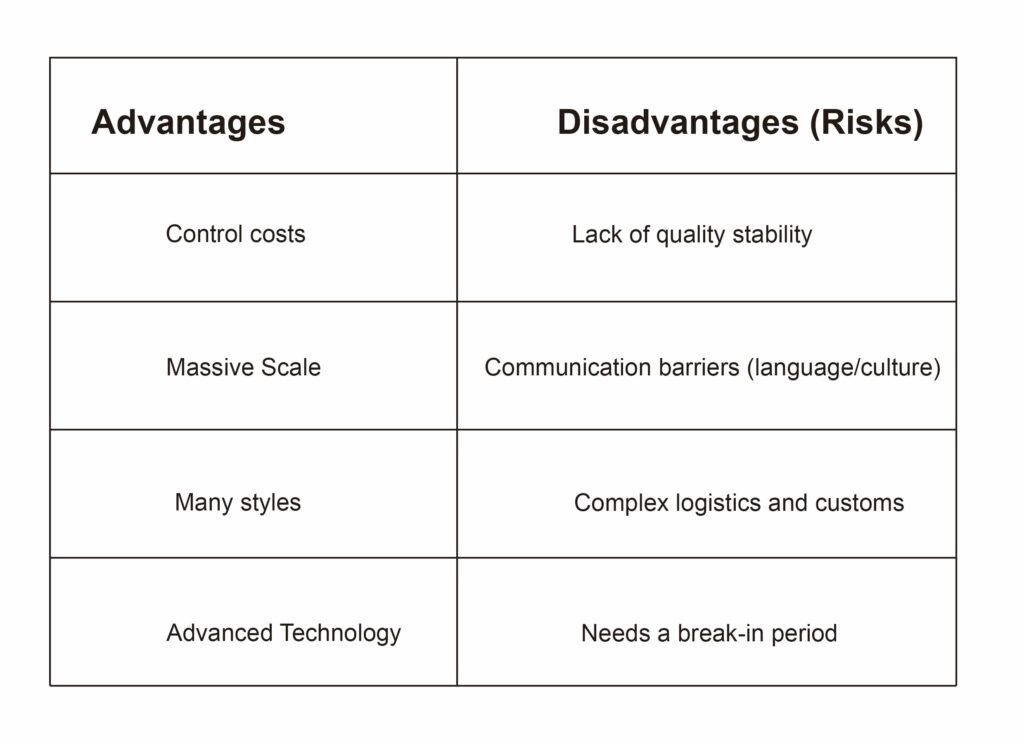
How to find suitable suppliers in China?
Don’t let the beautiful website fool you – the suppliers on the list may be factories or non-physical traders. The core of accurate screening is in-depth verification:
- offline contact: attending exhibitions, visiting industry centers such as Foshan
- hard-core auditing: performing factory inspections to verify actual production capacity
- qualification verification: requesting shipping records, confirming ISO, CARB and other compliance certifications. This is the only way to cut out the middlemen and connect directly to the reliable source.
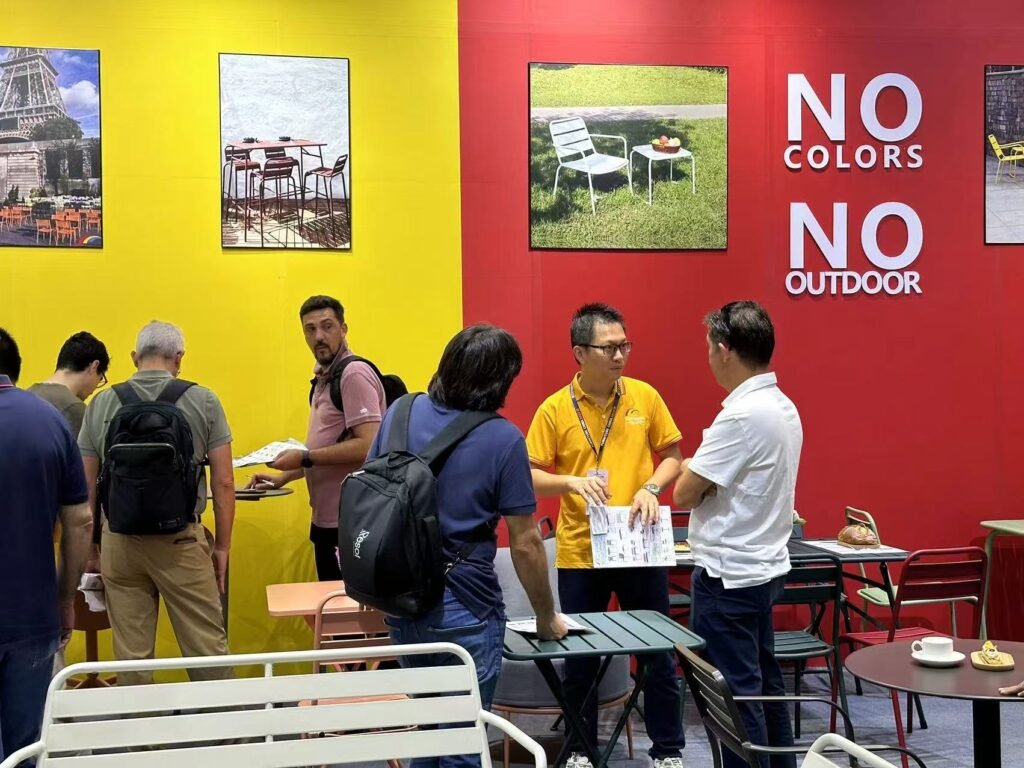
Finding a genuine manufacturer among the many merchants is the most important step. A good partner will share their industry expertise with you and be open to your investigation. Here is the process I recommend to all my clients to help you screen for a professional manufacturer.
Step 1: Extensive research
Building a long list of suppliers? Broadening channels is the key:, tapping suppliers with specialized websites and making good use of social media such as Facebook to aid verification. However, a quicker way to improve the quality and efficiency of your list is to be present at top trade shows such as the Canton Fair or the China International Furniture Fair (CIFF). Companies that can be present at these shows usually have stronger credibility and industry influence, and are good candidates for your list.
Step 2: In-depth validation
This is a key stage in the screening process: it is necessary to penetrate the surface and verify the true nature of the manufacture.
- License check: Ask for a business license and make sure that the scope of business clearly includes “manufacturing
- Video factory inspection: insist on a real-time video tour of the actual production plant and processes, not just the showroom
- Third-party audits (gold standard): Commission SGS, ISO9001 and other authoritative organizations to perform factory audits. Truly compliant, high-quality factories will regard this as a routine requirement and actively cooperate
What are the largest outdoor furniture manufacturers in China?
Are you looking for a large and stable company to work with? Do you think the largest manufacturer must be the safest choice for your project?
The largest outdoor furniture manufacturers in China include companies such as Artie, Quanyou Home Furnishings and MOBIGARDEN. However, these giants are currently focused on the huge Chinese domestic market and their development styles may be more oriented towards the Chinese market.
The quest for the “largest manufacturer”? Domestic giants such as Yotrio Homes have impressive volumes. But international buyers need to be warned: “biggest” often means highly localized, with standards and models that may not be appropriate overseas. For North American, European or Southeast Asian markets, mid-sized, export-focused manufacturers such as Colors Furniture often offer better value: they have built exclusive capabilities to serve international customers – efficient communication, customized response, and precise control of export standards such as EN581. The choice is real: find the partner whose business model resonates best with your needs, rather than blindly following size.
How do I choose a cabinet company?
Huge difference in quotes? Please abandon the temptation of low prices and target those with reliable quality. The key is: evaluate the real thing, not the promises. Scrutinize their material specifications, hardware quality and production process. The core step: Get a physical sample and conduct thorough workmanship and durability tests before placing an order.

Based on thousands of products, my experience: to judge quality, please penetrate the marketing filter and go straight to the essence of the structure. Quality is the cumulative result of specific choices (materials, processes) and can be assessed by non-experts. Core strategy: Before purchasing in bulk, lock in samples and ask for samples for actual testing. Supplier’s attitude is a barometer: those who proudly display the samples are credible; those who resist the samples are very likely to cover up the shortcomings of quality, which is a very high risk.
Are famous brand cabinets such as Walmart and homedopot made in China?
Everyone knows that well-known brands like Walmart and home depot use a global supply chain. Do you want to know how much of their production, especially outdoor furniture, is actually made in China?
Yes, a large portion of Walmart’s products, including components for their outdoor furniture systems, are produced by third-party suppliers in China. Walmart itself is a U.S.-based company and does not own these factories.
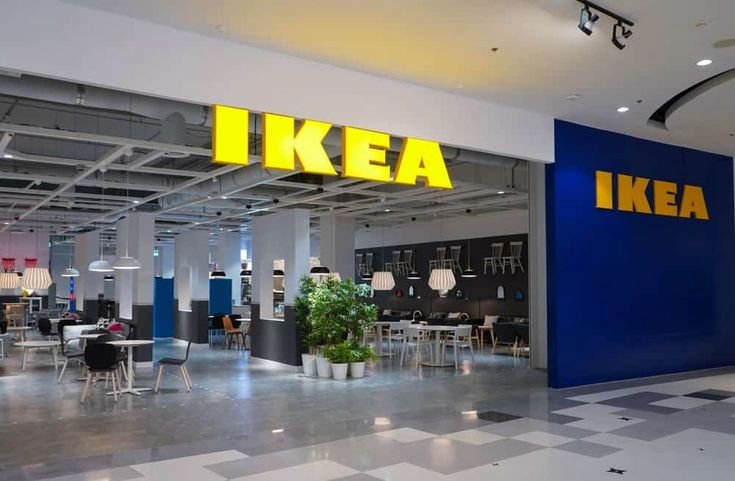
A common misconception: IKEA is often mistaken for a manufacturer. In reality, it is an exceptional product design and retail company. Its products are designed in Sweden and production is outsourced to more than 1,000 suppliers in about 50 countries. With its strong manufacturing scale and efficiency, China is one of its most important sourcing countries. So while IKEA is not a Chinese company, the outdoor furniture you buy from IKEA is likely to come from Chinese factories. These suppliers are required to comply with IWAY, IKEA’s strict social and environmental code of conduct, and this model of outsourcing production to specialized manufacturing partners has been adopted by many international brands as a key strategy to achieve price competitiveness.
verdict
Finding top-tier suppliers in China isn’t a stroke of luck—it requires a sharp, meticulous process. It means integrating online research with offline checks, verifying every detail thoroughly, and ultimately selecting partners who place quality at the very core of their operations.

